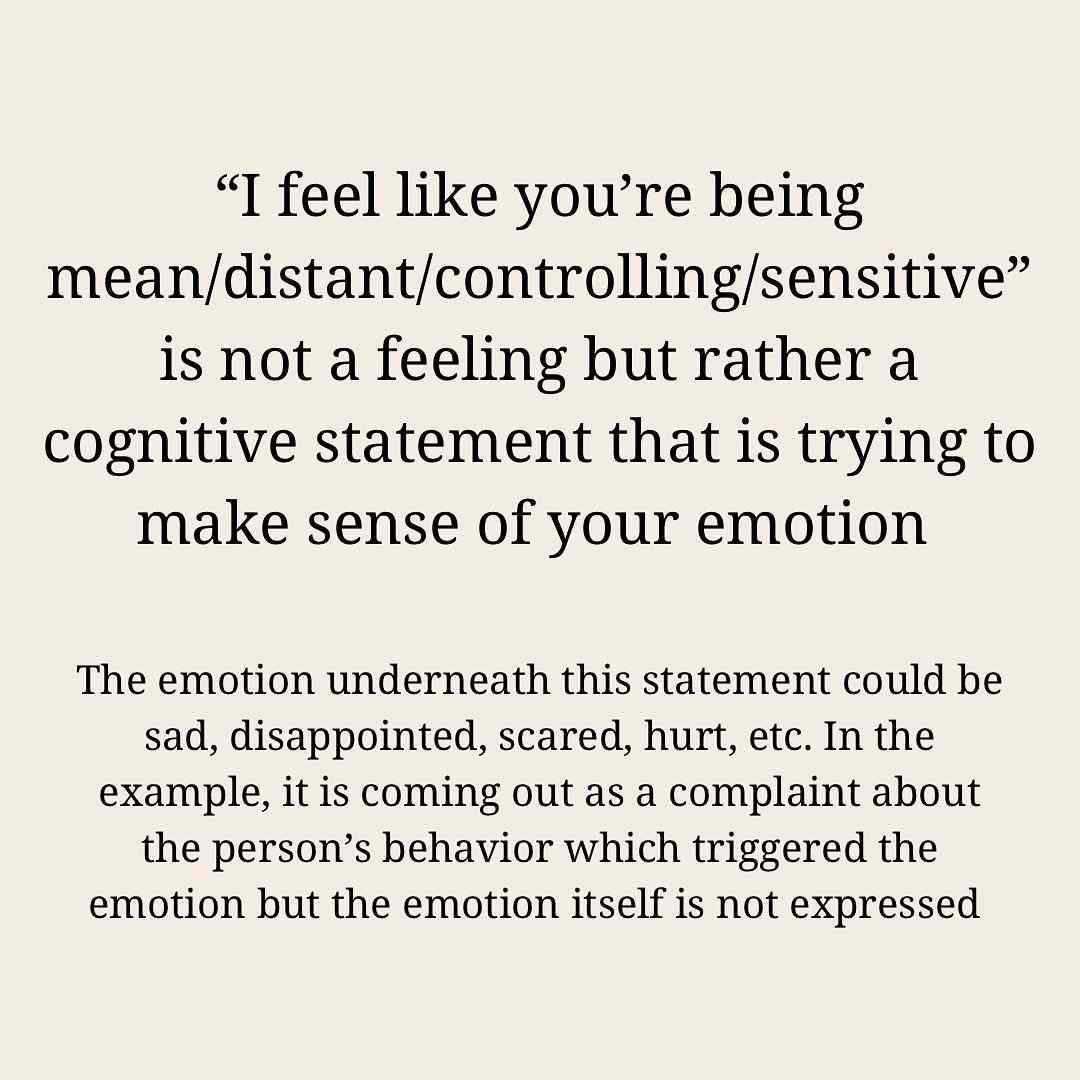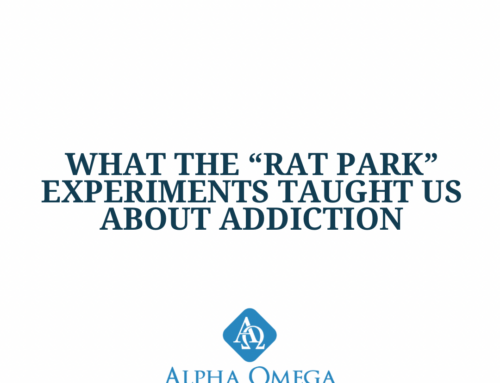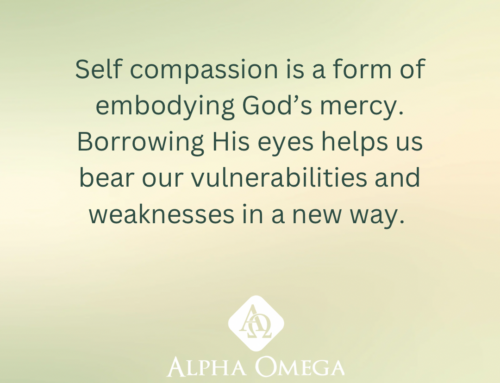Emotion has two frequencies: soft, slow, and low and harsh, fast, and intense/loud. The first frequency is considered primary emotion. These emotions are related to our core unmet attachment needs. Some examples are fear, sadness, loneliness or disappointment.
The second frequency is considered secondary emotion. Some examples are anger, frustration, numbness, or guilt/shame. These emotions arise out of a defensive instinct to protect the softer, more vulnerable emotions underneath. This defensive instinct takes two forms: emotional numbing (avoidance) and dysregulation (anxiety/heightened emotion/reactivity). These responses are forged through our experience; without emotional and relational safety, the human nervous system works in service of its own defense and protection. This is an incredibly adaptive human instinct that helps us survive even the most damaging relationships.
Although very understandable and life saving, we can become trapped in this way of surviving. We may relate to each other using a template from long ago. This coping strategy for dealing with emotion scrambles the signal between people and leaves both feeling stuck, tense, disconnected and rigid. Without a template for safely expressing our vulnerability (unmet needs & emotions) and receiving a loving response, we are left with only one choice: keep doubling down on what we know (our protective strategies fueled by secondary emotion). At a certain point, our relationships will inevitably require more vulnerability.
Developing a more secure bond and way of relating is the only answer to this dilemma. In many ways, this is a soft and slow form of exposure therapy. We must learn to linger with and safely express our primary emotions and related attachment needs with our guard down. Finding the right “dose” is so important, especially if you’re a trauma survivor. We want to make contact with the more vulnerable emotions but not so much that we end up triggering our protective coping. You can start finding a safe working distance by simply paying attention to your body. Be curious about the bodily sensations that indicate an emotion is up and running and then wonder about what may be underneath those more protective emotions. It doesn’t have to make sense at first, just name the possibilities. Am I scared? Sad? Lonely? Disappointed? See what fits and be on the lookout for it in the future.
Want more ways to receive our content? Follow us on Instagram or Facebook or subscribe to our newsletter!
* The information provided is for self-enrichment and not intended to replace any necessary mental health treatment.
Warmly,
Jonathan Dixon, LMFT
Alpha Omega Team






